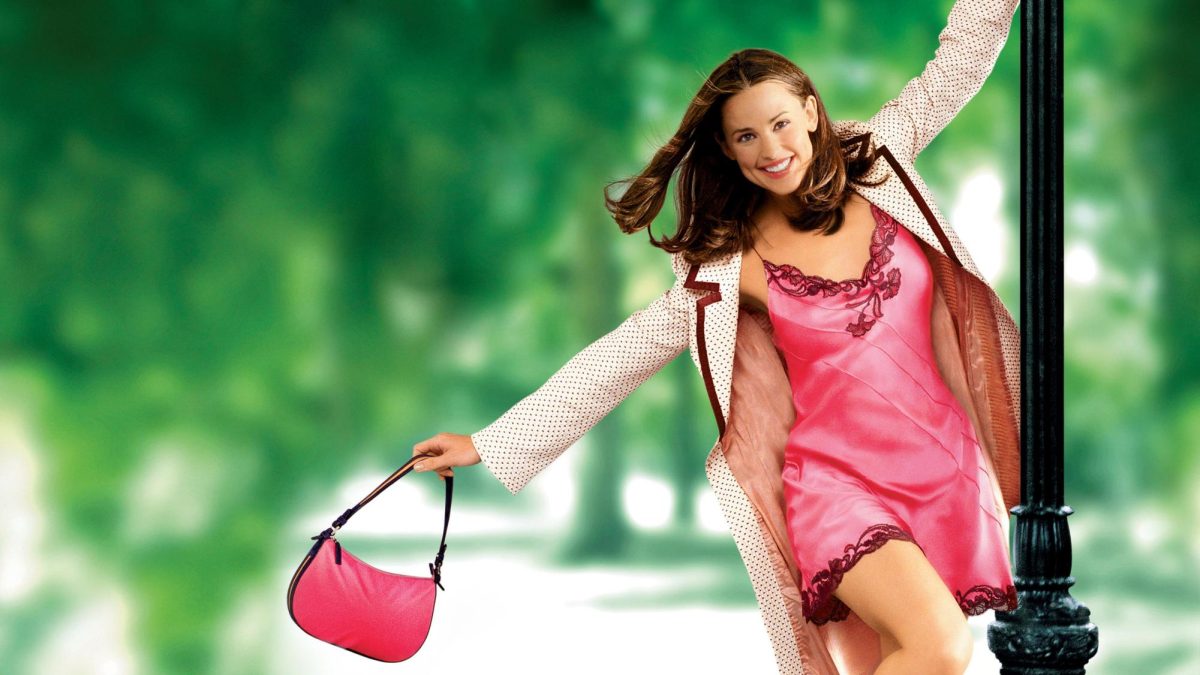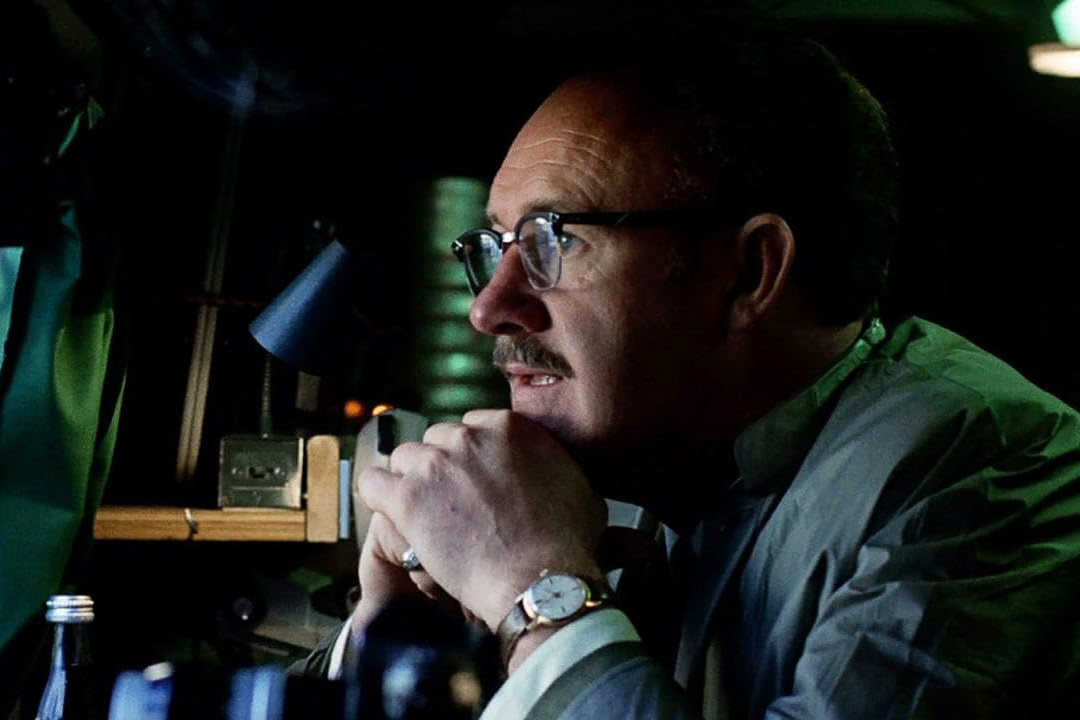**This article contains spoilers.**
Ten years ago this March, “The Grand Budapest Hotel” debuted in theaters.
A decade later, the film’s impact has only grown, with audiences drawn to the beauty, tragedy and nostalgia of Wes Anderson’s painstakingly crafted world.
To that end, in a filmography that consists of both emotionally driven narratives of lost and found families as well as highly stylized storybook realizations of immense detail, “The Grand Budapest Hotel” feels like the perfect harmony, melding the tone of Anderson’s early work with the style of his later into one crowd-pleasing masterpiece.
Get The Daily Illini in your inbox!
The structure of the film, while complex to describe, is wholly satisfying. The first of Anderson’s films to truly embrace the Russian-doll narrative that has become such a signifier of his work, “The Grand Budapest” is a story within a story within a story.
At the start, we see a girl go to the grave of an author, who wrote a book titled “The Grand Budapest Hotel.” The film then cuts to this author who recounts his time visiting the hotel. In this flashback, the author (Jude Law) meets with Zero (F. Murray Abraham), the hotel’s owner.
Zero then tells the story of his time as a lobby boy (Tony Revolori) at the Grand Budapest, where he and the hotel’s concierge M. Gustave (Ralph Fiennes) get entangled in an art caper. This story serves as the film’s primary narrative.
By orienting the construction of the film in this way, Anderson gives this central story a sense of deliberate authorship. In contextualizing it through the lens of the older Zero, Anderson is able to underscore the nostalgia of the setting while making the younger Zero a surrogate for the audience in this eclectic world.
And what a world it is. Anderson is a master of infusing his unmistakable style into a familiar setting and “The Grand Budapest Hotel” may just be the pinnacle of his ambition. Each crevice of the film’s fictionalized Europe feels both lived in and so perfectly constructed. The oddity of this contradiction only deepens the film’s insight into the line between mannered civilization and encroaching fascism.
Set among an immensely beautiful red, white, purple and blue color palette, each frame of the film evokes strong meaning. Anderson’s camera, though confined to its 90-degree geometry, remains surprisingly dynamic. Employing some stop-motion animation within some of the film’s set-pieces and establishing locations, the director imbues his space with a charming artificiality.
In an interview with NPR, Anderson said the physical set of the hotel was constructed from a department store on the border between Poland and Germany. Even with how theatrical Anderson’s sets may feel, shooting on location gave the film a strong sense of place and atmosphere.
“We kind of made a pastiche of the greatest hits of (Eastern Europe) that found their way into the movie,” Anderson said. “Their faces and voices are in the mix of the movie, too.”
The commitment to portraying the essence of the place while heightening its aesthetic makes “The Grand Budapest Hotel” special — out of all of Anderson’s fictionalized settings, the Grand Budapest somehow feels the most real.
The chemistry between Revolori and Fiennes supplants the film’s strong visual presentation with real heart. Watching their friendship grow against the backdrop of their adventure emotionally invests the viewer. In forming this genuine connection with the characters, the ending of the film feels uniquely shattering while illuminating the film’s look into vested remnants of moments long gone.
Fiennes, surprisingly snubbed for Best Lead Actor, gives the performance of a lifetime as M. Gustave. He plays deliciously charming and theatrical, all while portraying this sense of moral character. Evoking the films of the 1930s, Fiennes’ body language and energy feel so effortlessly electric that it becomes impossible to take your eyes off him.
“I think his world had vanished long before he even entered it,” Zero said of M. Gustave.
“The Grand Budapest Hotel” is uniquely interested in the end of things. Whether it be the end of a certain innocence in Europe following the rise of fascism or the end of a type of society following cultural shifts, “The Grand Budapest Hotel” puts a magnifying glass on the comedy, horror and longing left when looking back.
In a film composed of so much framed depth and detail, the most important shot is one of emptiness. While Zero speaks on Gustave’s death and taking over the hotel, Anderson pans back. As Zero and the author become smaller in the frame, Anderson goes wider in the background of the hotel’s dining area, emphasizing how the two men are alone in such a grand space all played to silence.
These characters exist far past the Grand Budapest, in a time when such an institution cannot functionally exist. The only thing left is the empty halls and the memory of a man alone within them.
There is such palpable emotion coursing through “The Grand Budapest Hotel,” and while Anderson’s “The French Dispatch” and “Asteroid City” are certainly emotional works, their emotions are much harder to parse than those of this film.
Using strong and distinctive characters to directly play this emotion, the film feels closer to Anderson’s early work in “The Royal Tenenbaums” or “The Darjeeling Limited.” All the while, the presentation of the story marks a sharp move closer to the visual aesthetic of “The French Dispatch” and “Asteroid City.”
This accessibility of emotions, character and narrative coupled with a strikingly bold aesthetic could explain why the film remains beloved by so many while also hailed as an essential work.
Interestingly, “The Grand Budapest Hotel” also serves as the Anderson film most recognized at the Oscars. Nominated for nine Academy Awards, the film marks Anderson’s only Best Director nomination. On top of Best Picture and Best Original Screenplay, “The Grand Budapest Hotel” also earned nominations for its cinematography, score, production design, costume design, makeup and editing.
Of those nominations, the film won for costume design, production design, makeup and score. While some today argue against Alexandre Desplat’s win for Best Score, claiming that Hans Zimmer’s score for “Interstellar” should have won, it is hard to refute how much character “The Grand Budapest Hotel” is able to wring out of a singular score.
A decade later, “The Grand Budapest Hotel” remains just as entertainingly delightful as it did at its release. When looked at in the context of Anderson’s recent work, it is striking just how the film served as a turning point in his fascinations and style.
The magically emotional experience of “The Grand Budapest Hotel” approaches perfection.









